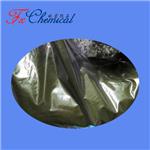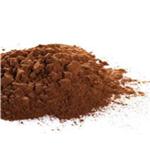The free acid is obtained by acidifiying and extracting with Et2O, drying (MgSO4), filtering, evaporating and distilling in a vacuum (b 155-160o/14mm). The free acid solidifies on cooling, and the colourless crystals can be recrystallised from tetrahydrofuran/pet ether or *C6H6. It forms a dihydrate m 130-140o. The pure di Na salt is formed by dissolving the acid in 2 equivalents of NaOH and evaporating in a vacuum. It forms violet crystals which give an orange solution in H2O that is unstable for extended periods even at 0o, and should be prepared freshly before use. Salts of rhodizonic acid cannot be purified by recrystallisation without great loss due to conversion to crotonate, so that the original material must be prepared anew if pure salt is required. It can be washed with NaOAc solution, then EtOH, to remove excess NaOAc, dried under vacuum and stored in the dark. [UV and tautomerism: Schwarzenbach & Suter Helv Chim Acta 24 617 1941, Polarography: Preisler & Berger J Am Chem Soc 64 67 1942, Souchay & Taibouet J Chim Phys 49 C108 1952, Beilstein 8 H 535, 8 II 572, 8 III 4214, 8 IV 3609.]



